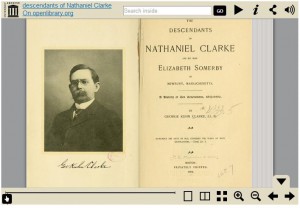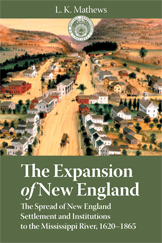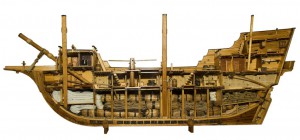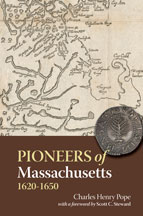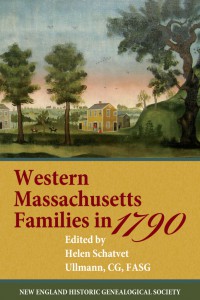 Although many Eastern Massachusetts colonial families have been well covered in print, the sons and daughters of those families who moved west are often lost to genealogists. The first stop on their migratory path was often in the woods of Western Massachusetts.
Although many Eastern Massachusetts colonial families have been well covered in print, the sons and daughters of those families who moved west are often lost to genealogists. The first stop on their migratory path was often in the woods of Western Massachusetts.
In many respects, Western Massachusetts is a different world from Boston and its environs. In the rural towns of Berkshire, Hampshire, Hampden, and Franklin Counties researchers can easily depart from the paved road in pursuit of a cemetery or family farm. Looking at the area via the satellite view on maps.google.com, Western Massachusetts appears to be mostly green forest, probably much of it rugged terrain, except for the major towns. Continue reading First steps in Western Massachusetts research
